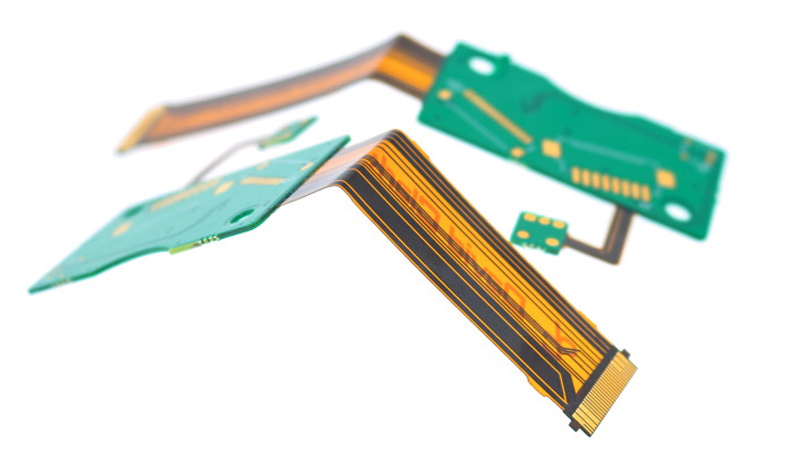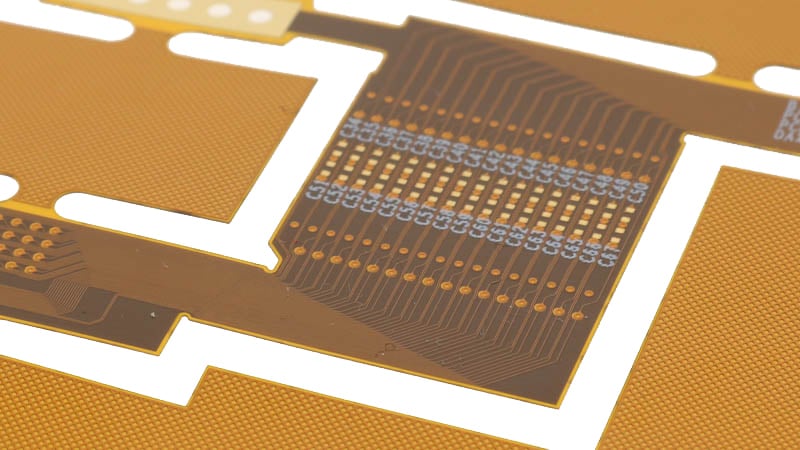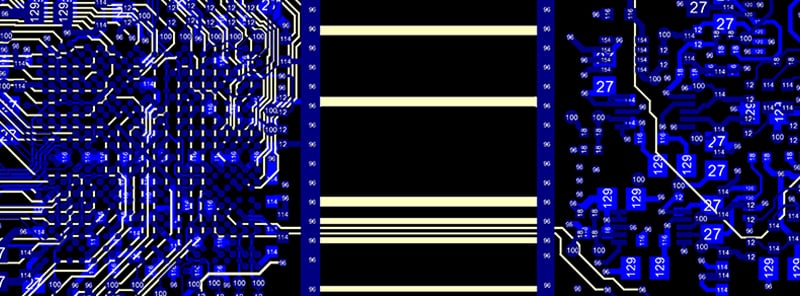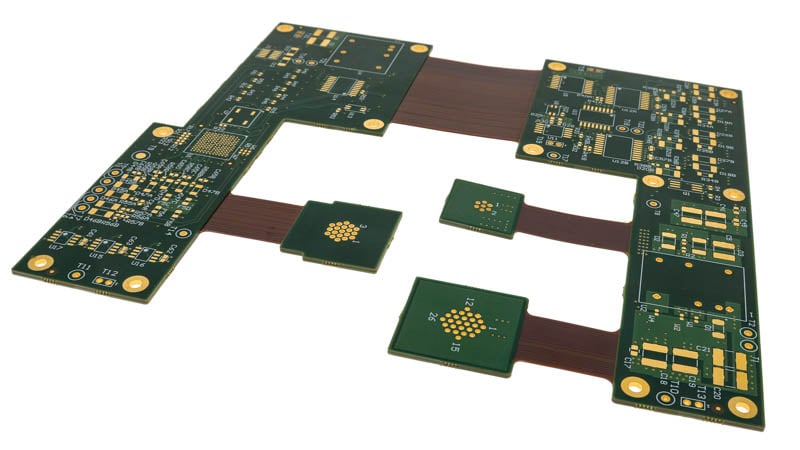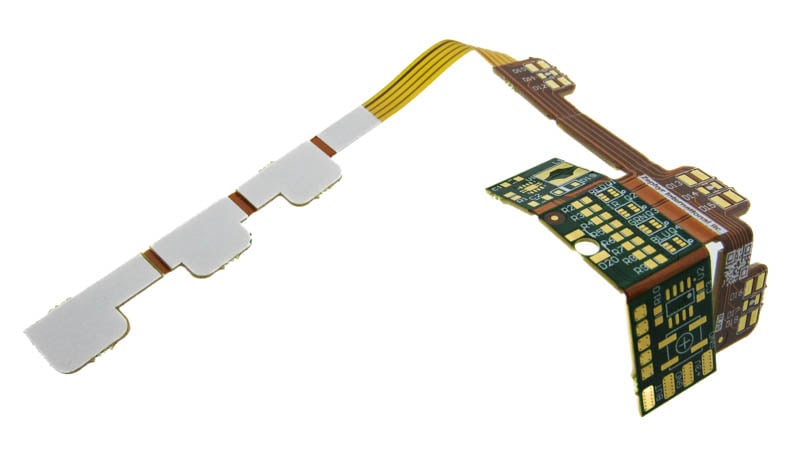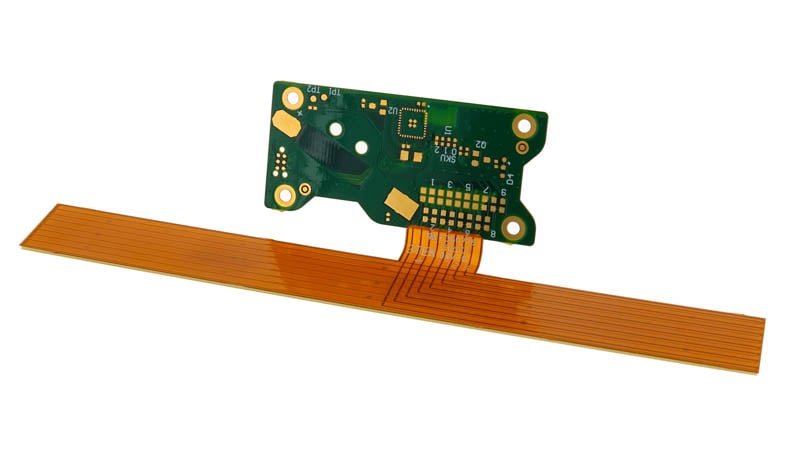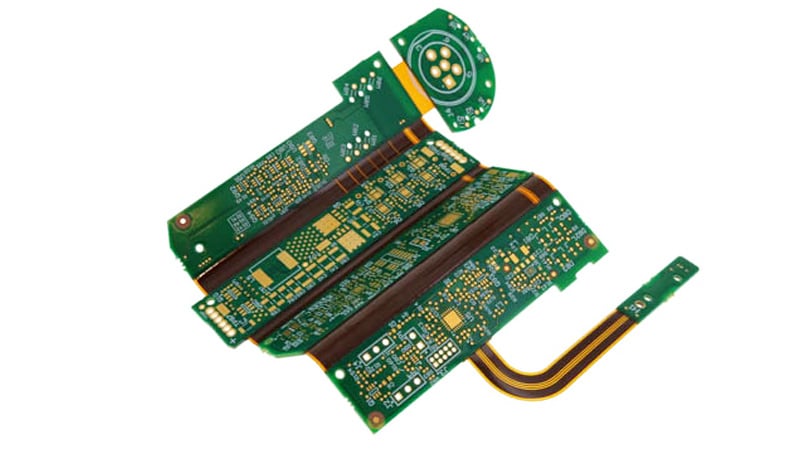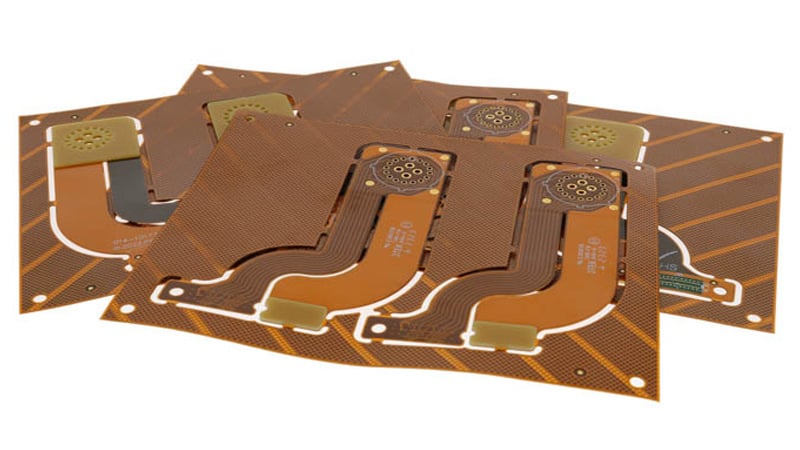Rigid-flex PCBs are engineered to eliminate the very failure points introduced by traditional cable and connector assemblies, but they’re not immune to failure themselves. While rigid-flex technology reduces interconnects and improves signal integrity, it also introduces unique design and handling challenges. When not properly accounted for, these challenges can result in costly production issues, reduced reliability, or premature field failure.
Zachary Walker

Recent Posts
In industries where failure isn’t an option, such as aerospace, medical electronics, industrial automation, and high-speed communication, electromagnetic interference (EMI) is a top-tier design concern. When your application relies on signal clarity, controlled impedance, and mechanical flexibility, rigid-flex PCBs offer a unique solution.
In the world of flex and rigid-flex PCB design, vias are far more than just holes; they're an integral part of a high-density interconnect (HDI) strategy. As designs continue to shrink in size while growing in complexity, via structures have become critical to achieving high-functioning, compact layouts in sectors like medical, aerospace, defense, and industrial automation.
In today’s increasingly connected world, high-speed digital signaling is no longer limited to specialized applications; it’s now a requirement across a broad spectrum of industries, including aerospace, medical, automotive, and advanced communications.
Prototyping your new rigid-flex PCB design is critical. It’s best to test your design, ensure everything fits, and look for obvious issues before jumping into full-scale production. As necessary as this step is, it also comes with a cost that can be tough to justify to stakeholders and decision-makers.
In a flex or rigid-flex PCB construction, many elements have to be considered that can be seen as important to the overall design such as copper weight, layer count, and many other things. However, among all the portions of a design, the one that usually gets forgotten is what bonds and holds it all together, the adhesives and pre-pregs that serve to bond the stack-up.
Optimizing performance is something that can be found in every aspect of life. From cars to computers, and from tools to PCBs, optimizing performance can lead to better reliability, less risk, and ultimately a more robust product.
When it comes to printed circuit boards, rigid-flex PCBs can be one of the most complicated. Many describe rigid-flex as being more akin to two boards in one, both in processes and materials. This can make for a difficult time in designing the board, setting standards, and even selecting materials.
Creating a high-performance flexible printed circuit board is contingent upon having the right copper weight. With high-temperature, high-power, and long-lasting applications, the weight of the copper used becomes even more important.
The manufacturing of printed circuit boards (PCBs), especially flex and rigid-flex PCBs, involves intricate processes that require precision and expertise. Among the critical aspects of PCB manufacturing are surface finishing and stiffener bonding, both of which significantly impact the reliability and performance of the final product.


